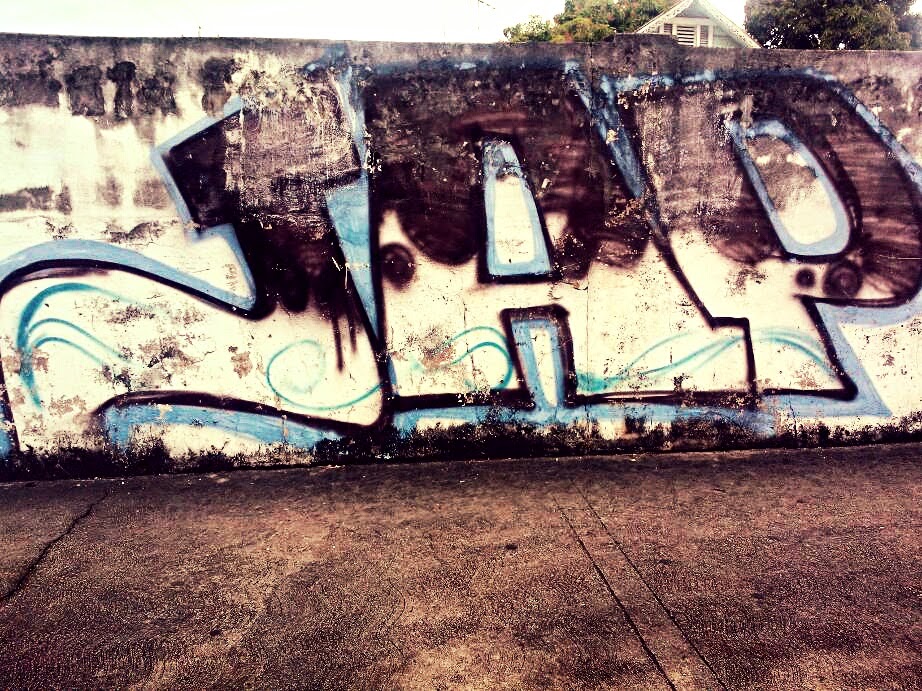The Art of the Urban
Friday, 11 April 2014
Reflective Post
Graffiti in Urban areas are seen throughout the country. J. Jones, M. Moraldo and A. Dookeran all shared some aspect of art in their blogs which showcased the culture of Trinidad and Tobago.
Graffiti and the Environment
 |
“Graffiti is an impulse
to get recognized”
― Mint&Serf
|
Not only does graffiti seek to inspire through the environment it also has its negative impacts. Traditional paint based graffiti release toxic chemicals into the environment.
Urban Politics
Looking for graffiti throughout
P.O.S many political complaints where plastered on walls, but due to the crime
rate in the areas these writings were on it was a too risky to go in. However,
in a political sense, many marginalized
communities surrounding the CBD in Trinidad often use public walls to use writing on walls as a form of protest.
How Much For Da Graffiti?
 |
| “Speak softly, but carry a big can of paint.” ― Banksy, Wall and Piece. |
The photo above was taken along St. James Street, P.O.S it is basically a tag done by "kraze". Throughout the city there are multiple tags done by "Kraze". However, what may just seem like the tagging of an empty space to claim an identity or to gain recognition for others does have serious effects. There is a perception that graffiti is associated with blight and alarms patrons of the city of gang activity (Weisel, 2002). It gives the impression that the city is spiraling downward because which can cause many businesses to loose appeal to consumers.
In terms of safety, because of the presence of graffiti in an area many patrons may feel unsafe in that area because if vandalism is tolerated more serious crimes may be unchallenged. Shockingly, in Trinidad the owner or occupant of a property that graffiti is found one may be required to clean it up at their own cost! (Judging from all the graffiti that persists throughout P.O.S it leaves one to wonder if this law is enforced.
Urban City Home of Graffiti
 |
| “Everyone has to scratch on walls somewhere or they go crazy” ― Michael Ondaatje, In the Skin of a Lion. Photo taken: Wrightson Road, P.O.S
Do graffitists live in the city? Do they just choose to vandalize city? If so, why?
The image above was taken along Wrightson road, the entrance of company. This picture was taken from a moving vehicle hence the words couldn't be made out properly.
In terms of why graffiti artists choose to frequently vandalize the urban area rather than a rural area this may be due to the importance of urban areas. Many urban areas if not all, are the host of MNC's, TNC's, government agencies and other local businesses. In Port of Spain, I would imagine graffiti being done there because that is where the "image" or "opinions" they're trying to get accross would
get the most exposure. For instance, the Parliament of Trinidad and Tobago is in Port of Spain thus many of our countries top figures will see the graffiti plastered on walls and this is the kind of recognition that most individuals seek when trying to portrayal a social concern.
Whereas, in some rural areas graffiti seems to be virtually non existent because these areas are usually not the center of attention. Thus, it can be said that one of the reasons for graffiti being common in the urban landscape is due to the importance of the urban area itself.
It is important to note that contemporary graffiti's connection to post-modernism in urban areas certainly began as a response to the flaws of modernism but it was able to establish itself as an independent discipline that understood how to manage and employ meaning within a cultural context.
|
Subscribe to:
Comments (Atom)


